The ancient souks and modern markets of the Middle East offer sensory experiences that transcend simple shopping. For food lovers, these vibrant marketplaces provide windows into cultures where culinary traditions stretch back millennia and where the ritual of selecting ingredients remains central to daily life rather than an afterthought.
Here is a list of 20 extraordinary Middle Eastern markets that deserve a place on every food lover’s travel itinerary. Each offers distinctive flavors, ingredients, and cultural experiences that define its respective region.
Spice Souk Dubai
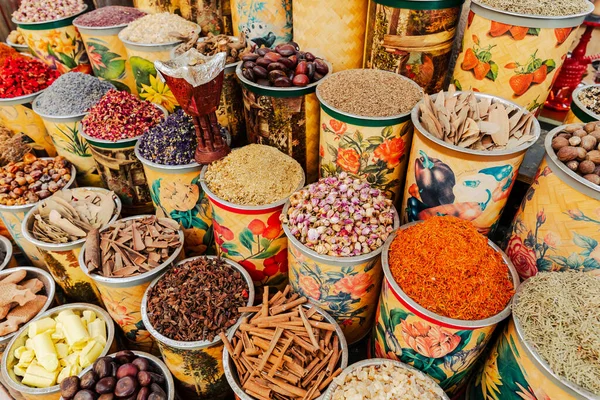
Nestled in Dubai’s historic Deira district, this aromatic market offers a counterpoint to the city’s futuristic image with narrow alleyways filled with burlap sacks overflowing with colorful spices. Vendors sell zaatar blends mixed according to closely guarded family recipes, with regional variations demonstrating subtle differences between Levantine, Gulf, and North African seasoning traditions.
The market’s location near Dubai Creek connects it to the city’s trading heritage, when dhows from India, East Africa, and beyond brought exotic ingredients to this desert port.
Grand Bazaar Istanbul
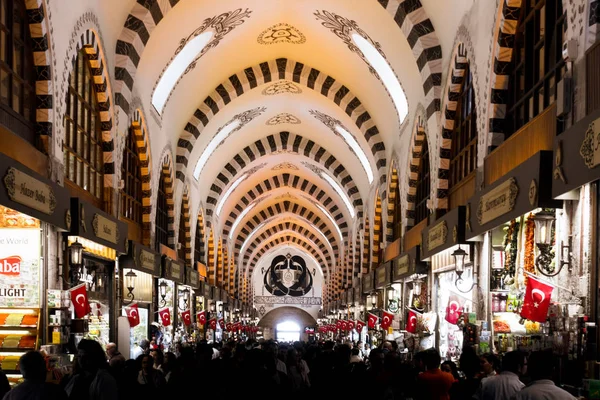
Turkey’s most famous covered market spans 61 streets with over 4,000 shops, creating an indoor city where culinary traditions from across the former Ottoman Empire converge. The spice section known as the Mısır Çarşısı (Egyptian Bazaar) offers an encyclopedic selection of dried fruits, nuts, and Turkish delight varieties well beyond the tourist standards.
The surrounding streets house workshops where skilled artisans still craft traditional copper coffee pots and specialized cooking vessels by hand, their techniques unchanged for generations.
Like Travel Pug’s content? Follow us on MSN.
Mahane Yehuda Jerusalem
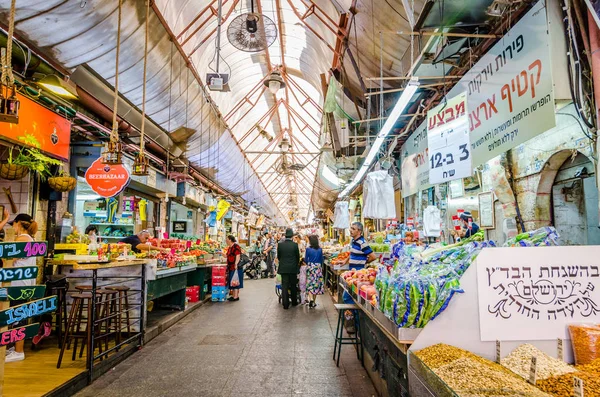
Known affectionately as ‘The Shuk,’ this lively market showcases Israel’s remarkable cultural diversity through its food offerings. Iraqi Jewish spice merchants operate alongside stalls selling traditional Palestinian tahini, while Ethiopian injera bread and Yemenite malawach pastries demonstrate the global nature of Jewish culinary traditions.
The market transforms from a bustling food shopping venue by day to a trendy bar and restaurant district after dark, when metal shutters painted with stunning murals roll up to reveal evening establishments serving market-inspired cuisine.
Souk el Tayeb Beirut
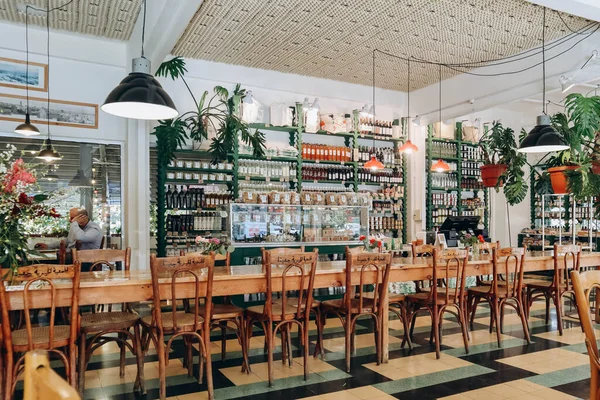
Lebanon’s first farmers market represents a new generation of Middle Eastern food venues focused on preserving regional culinary heritage and supporting small producers. Founded in 2004 amid post-war reconstruction, the market showcases products from across Lebanon’s diverse microclimates, from mountain honey to coastal olive oils pressed from trees over 1,000 years old.
The market’s Tawlet concept—where rural women cook traditional recipes from their villages—provides visitors with authentic tastes of Lebanese home cooking rarely found in commercial restaurants.
Khan el-Khalili Cairo
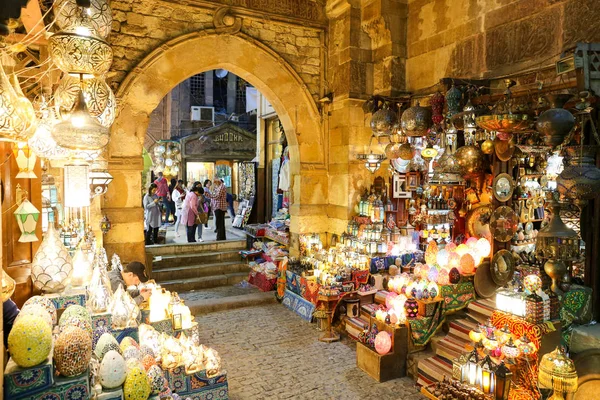
This 14th-century marketplace remains the beating heart of historic Cairo, where food traditions from Egypt’s 5,000-year history continue to evolve. The market’s coffee houses serve qahwa brewed in copper kanaka pots according to techniques refined since coffee first spread from Yemen through the Arab world.
Sweet shops produce kunafa and basbousa desserts in massive rounds, cut to order and soaked in fragrant sugar syrups infused with orange blossom and rose waters distilled traditionally.
Like Travel Pug’s content? Follow us on MSN.
Muttrah Souk Muscat
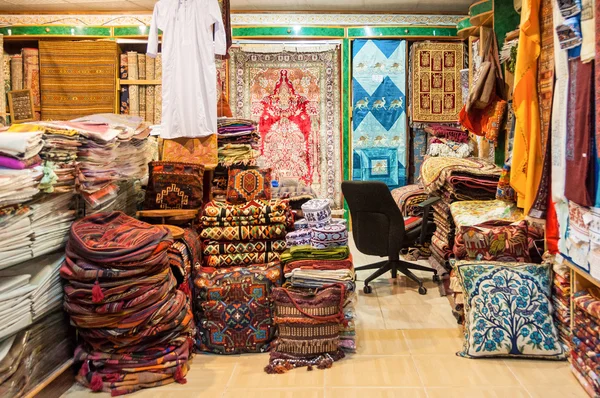
Oman’s most atmospheric market reflects the country’s historic position controlling trade routes between the Arab world, Africa, and India through its distinctive spice mixtures and incense offerings. The market’s narrow covered walkways provide cool refuge from Muscat’s heat.
At the same time, vendors sell local Omani halwa made with saffron, cardamom, and rosewater according to recipes that are protected as national cultural heritage. The nearby fish market displays the extraordinary bounty of the Arabian Sea, with species rarely seen elsewhere presented with pride by multigenerational fishing families.
Souk Al-Mubarakiya, Kuwait City
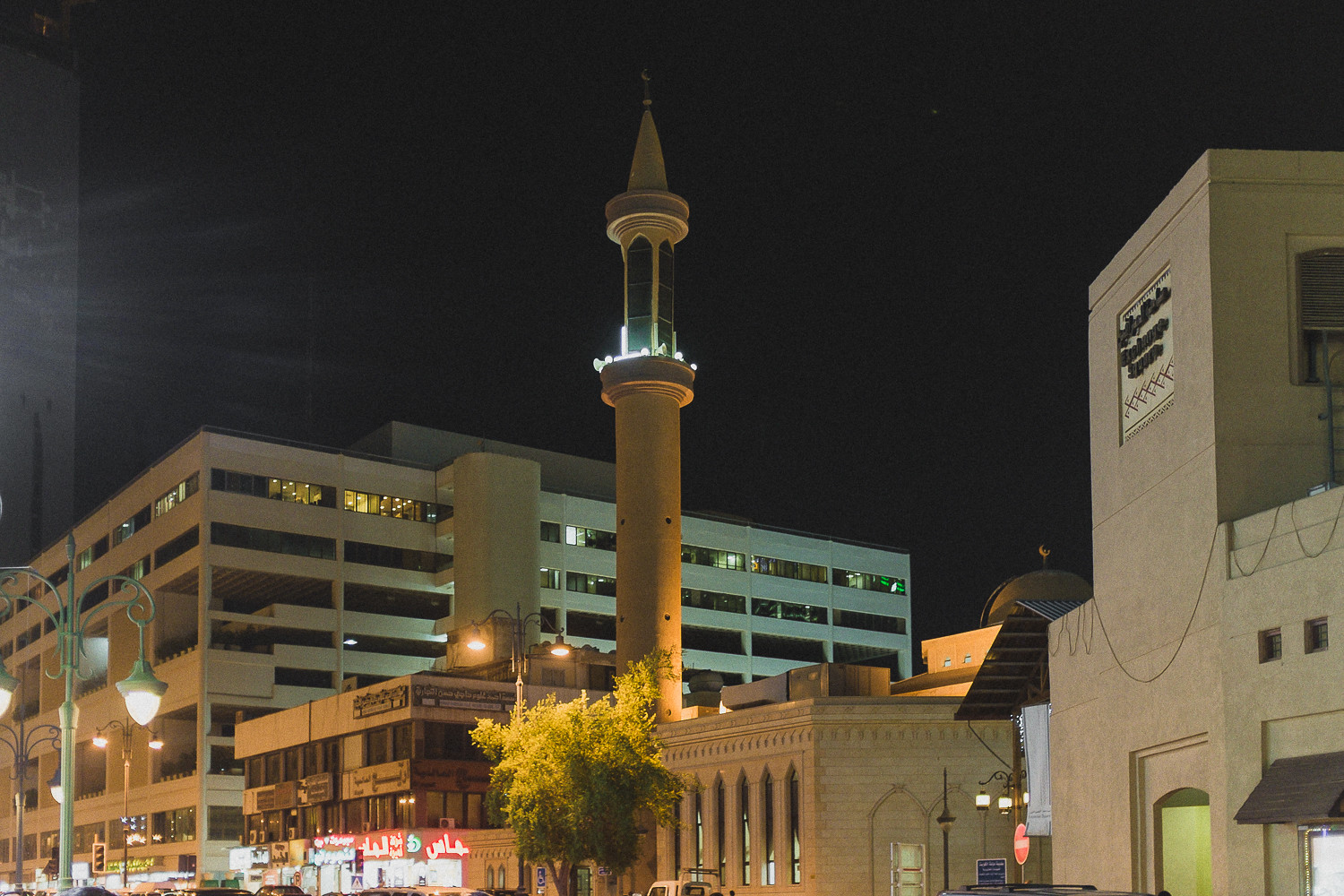
This historic market balances tradition and modernity in one of the Gulf’s wealthiest states, where pre-oil era commerce continues amid contemporary luxury. The market’s spice section features desert herbs used in traditional Bedouin medicine alongside imported ingredients that reflect Kuwait’s historic role as a trading entrepôt.
The adjacent fish market displays catches from the Gulf’s warm waters prepared by skilled fishmongers who can fillet hamour (grouper) with astonishing speed and precision, often served immediately at surrounding restaurants.
Vakil Bazaar Shiraz
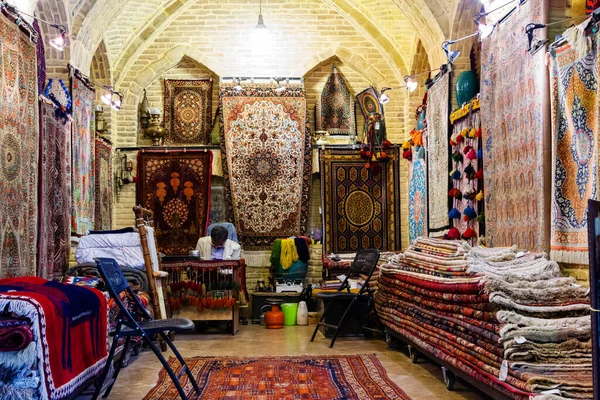
This architectural masterpiece from the Zand dynasty (1750-1794) houses one of Iran’s most important food markets beneath spectacular vaulted brick ceilings. The bazaar’s spice merchants sell saffron from the countryside around Mashhad, where approximately 90% of the world’s supply originates, graded meticulously by color, aroma, and thread length.
Preserved fruit vendors offer distinctive Iranian specialties like bergamot peels and immature walnuts in aromatic syrups, their preservation techniques developed centuries ago before refrigeration.
Like Travel Pug’s content? Follow us on MSN.
Souk El Had Agadir
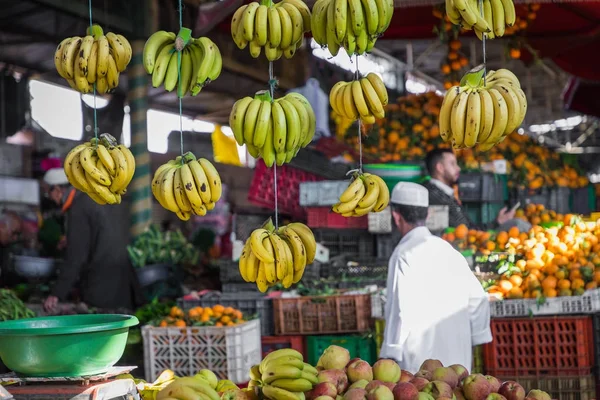
Morocco’s largest covered market, rebuilt after the 1960 earthquake, now houses over 6,000 vendors selling products that showcase the country’s position between Middle Eastern, Mediterranean, and African culinary traditions. The market’s spice section arranges classic Moroccan blends like ras el hanout in perfect pyramids, with each vendor claiming proprietary combinations of up to 50 different ingredients.
Argan oil cooperatives run by Berber women demonstrate traditional extraction methods for this increasingly famous ingredient native to southwestern Morocco.
Fereej Bin Mahmoud Doha
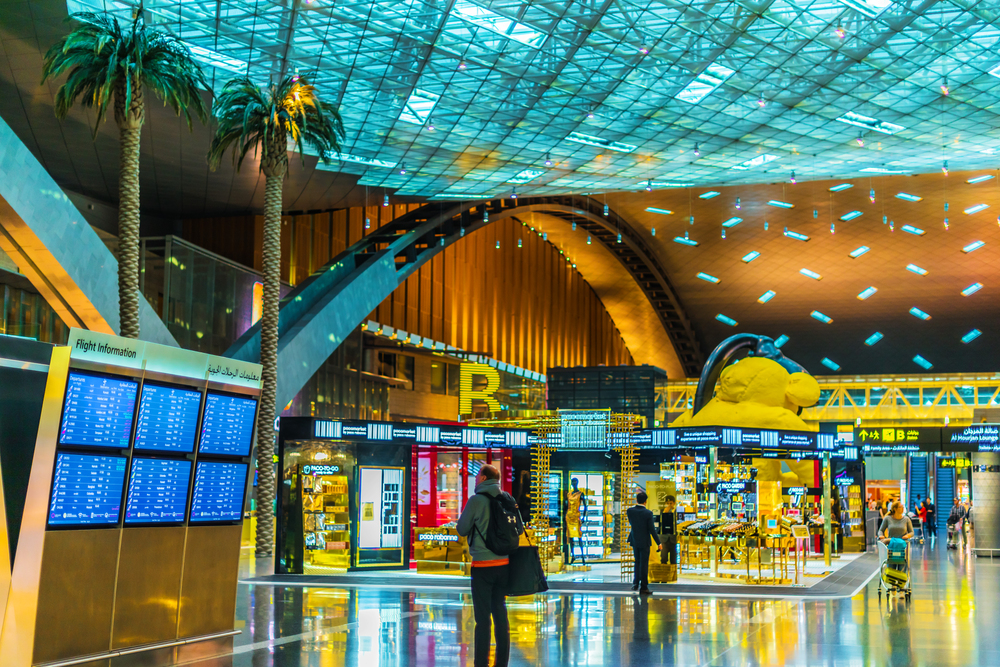
One of Qatar’s most authentic market experiences focuses on daily food shopping rather than tourist souvenirs, providing glimpses into actual Qatari home cooking traditions. The market’s date section offers dozens of varieties, each with distinctive characteristics that pair specifically with certain Arabic coffee preparations according to traditional hospitality customs.
Vendors selling machboos spice mixtures (Qatar’s aromatic rice dish seasoning) compete through subtle variations in their proprietary blends, creating a fascinating study in microregional flavor preferences.
Souq Al Qaysariya Hofuf
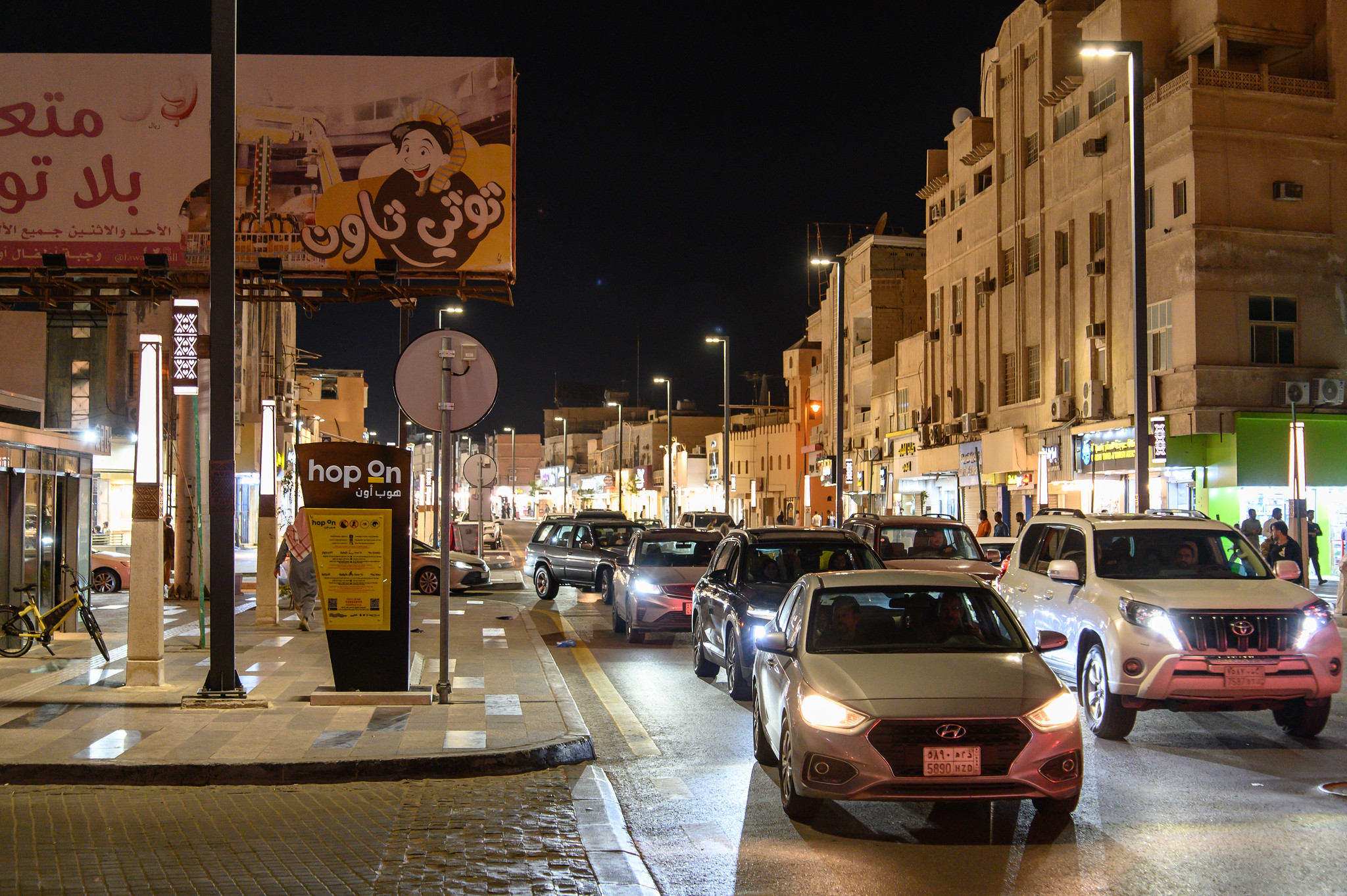
Saudi Arabia’s oldest marketplace dates to approximately 1822 and focuses on ingredients from the Al-Ahsa Oasis, one of the world’s largest natural oases and a UNESCO World Heritage site. The market showcases distinctive date varieties from the region’s three million palm trees, including the prized khalas dates known for their distinctive caramel notes.
The surrounding streets feature shops selling traditional khanjars (curved daggers) used by generations of date farmers and halwa makers who incorporate local ingredients into this classic Arab sweet.
Like Travel Pug’s content? Follow us on MSN.
Souq Waqif Doha
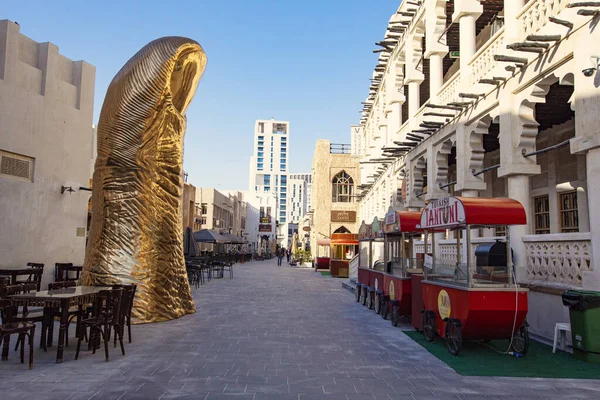
Qatar’s brilliantly restored traditional marketplace balances authentic heritage with contemporary comforts, creating an accessible introduction to Gulf food culture. The market’s spice section arranges ingredients in colorful displays while specialists mix customized versions of the region’s distinctive baharat spice blend according to customer preferences.
The nearby honey shop stocks varieties reflecting dramatically different terroirs, from delicate Sidr honey produced from jujube trees to darker varieties with intense mineral notes from mountain regions across the Middle East.
Souq Al-Murah Salalah
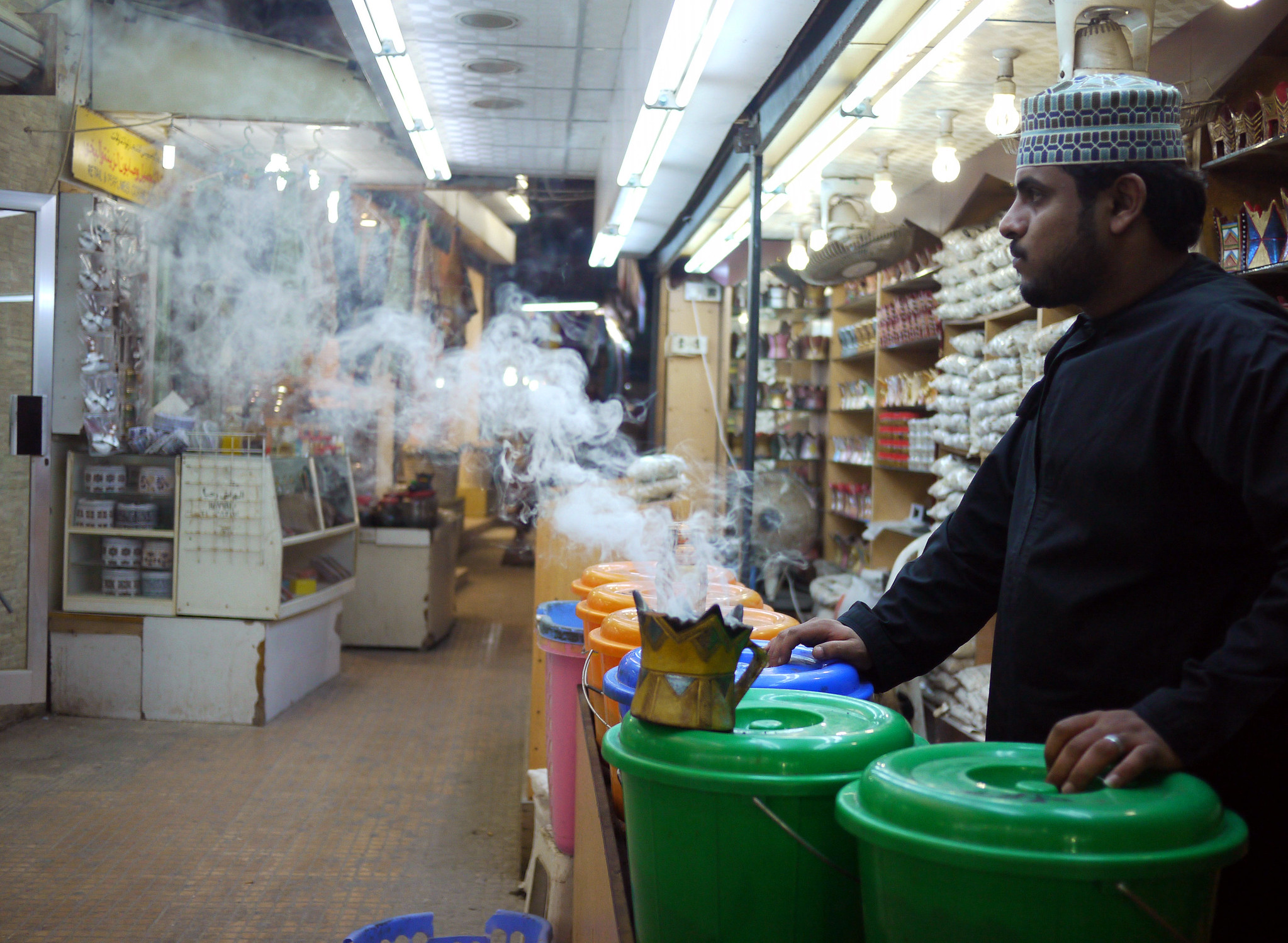
Oman’s southern Dhofar region has served as the historic center of frankincense production for over 5,000 years. This specialized marketplace focuses on both the famous resin and the distinctive culinary traditions of southern Arabia.
The market showcases coconut products rarely seen elsewhere on the Arabian Peninsula, reflecting Dhofar’s ancient trading connections with India and East Africa. Local vendors sell camel meat products prepared according to centuries-old desert preservation techniques alongside fresh tropical fruits grown in the region’s monsoon-watered wadis.
Kapalı Çarşı Kayseri
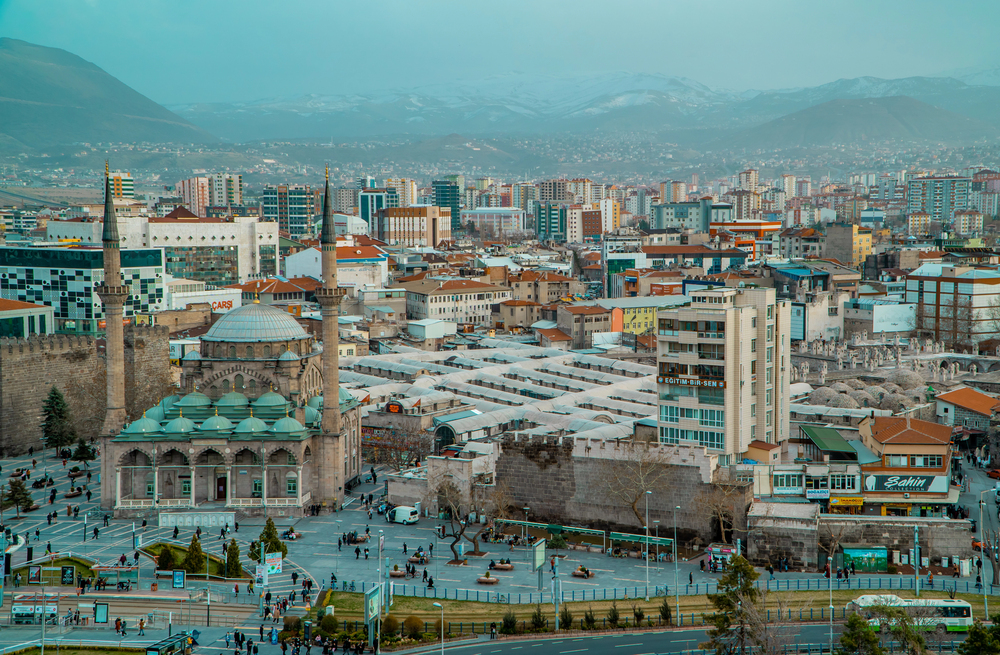
This central Anatolian covered market specializes in regional products from Turkey’s agricultural heartland, particularly distinctive pastırma (air-dried cured beef) covered with çemen, a spice paste containing fenugreek, garlic, and hot paprika. The market’s cheese section displays traditional Turkish mountain cheeses aged in goatskins and caves according to techniques developed by nomadic herders over centuries.
Fruit sellers offer preserved products from Kayseri’s orchards, including unique preparations like whole apples sun-dried with stems and leaves intact.
Like Travel Pug’s content? Follow us on MSN.
Tajrish Bazaar Tehran
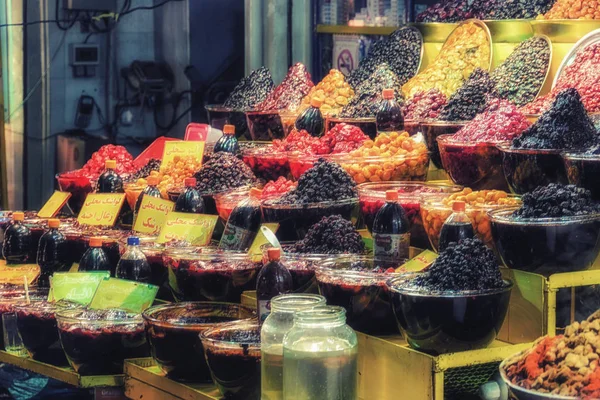
Northern Tehran’s most important traditional market specializes in products from the lush provinces along the Caspian Sea, creating a fascinating contrast with markets in Iran’s more arid regions. The market’s pickle (torshi) section displays dozens of fermented vegetable combinations in vibrant colors, with special variations prepared for different seasons and holidays according to Persian culinary calendar traditions.
Vendors selling herbs critical to Persian cuisine, such as fenugreek, summer savory, and fresh green coriander, create aromatic displays organized for creating specific classic dishes.
Old City Market Jerusalem
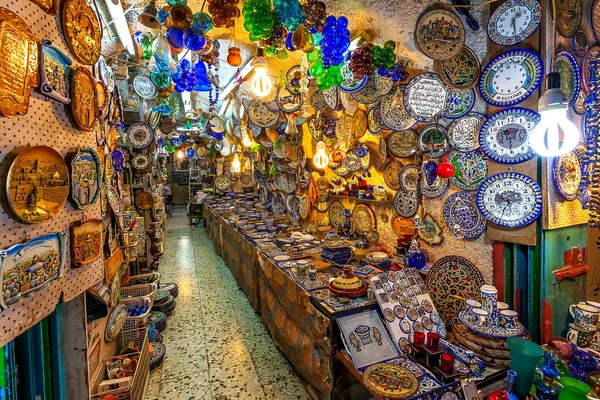
Beyond the more famous Mahane Yehuda, this network of small, specialized food markets within Jerusalem’s ancient walled city offers profound connections to three major faiths’ culinary traditions. The market’s bread sections display Armenian lavash, Jewish challah, and Arab taboon prepared in adjacent bakeries following distinct traditions developed over centuries within yards of each other.
Spice vendors sell za’atar mixtures reflecting subtle differences in Christian, Muslim, and Jewish preparations of this quintessential Levantine seasoning blend.
Abu Dhabi Date Market
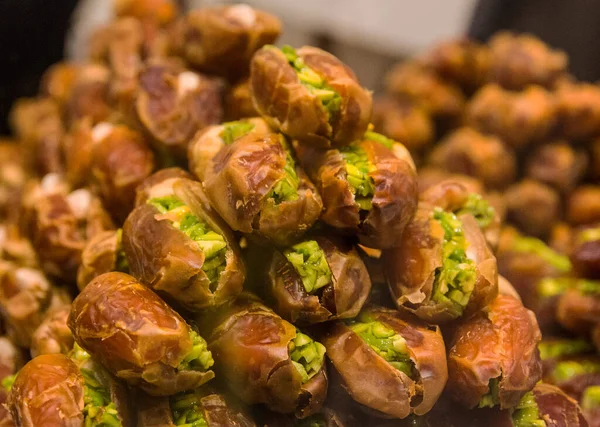
This specialized market beneath the highway connecting downtown Abu Dhabi to the mainland showcases over 100 date varieties, far beyond the limited selection found in most international exports. Vendors organize their displays by moisture content, growth region, and appropriate serving occasions within traditional Emirati hospitality customs.
Market stalls demonstrate techniques for stuffing premium khalas and khenaizi dates with candied orange peel, whole almonds, or traditional Arabic candies to create magnificent displays for essential celebrations and family gatherings.
Like Travel Pug’s content? Follow us on MSN.
Manama Souk Bahrain
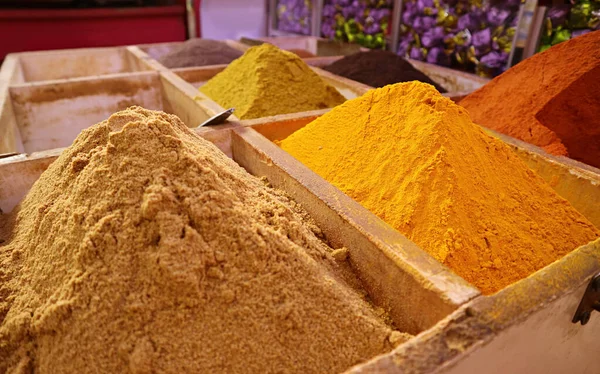
This historic market presents a distillation of Gulf food culture with particular emphasis on Bahrain’s distinctive island culinary traditions. The market’s halwa makers prepare this traditional sweet in hammered copper vats, working the mixture with long wooden paddles in a visually spectacular process that produces their distinctive texture.
Spice merchants sell Bahrain’s famous dried black limes (loomi). This essential souring agent gives many Gulf dishes their distinctive tangy character, rarely found in Middle Eastern cooking from other regions.
Souk Al-Attara Tripoli
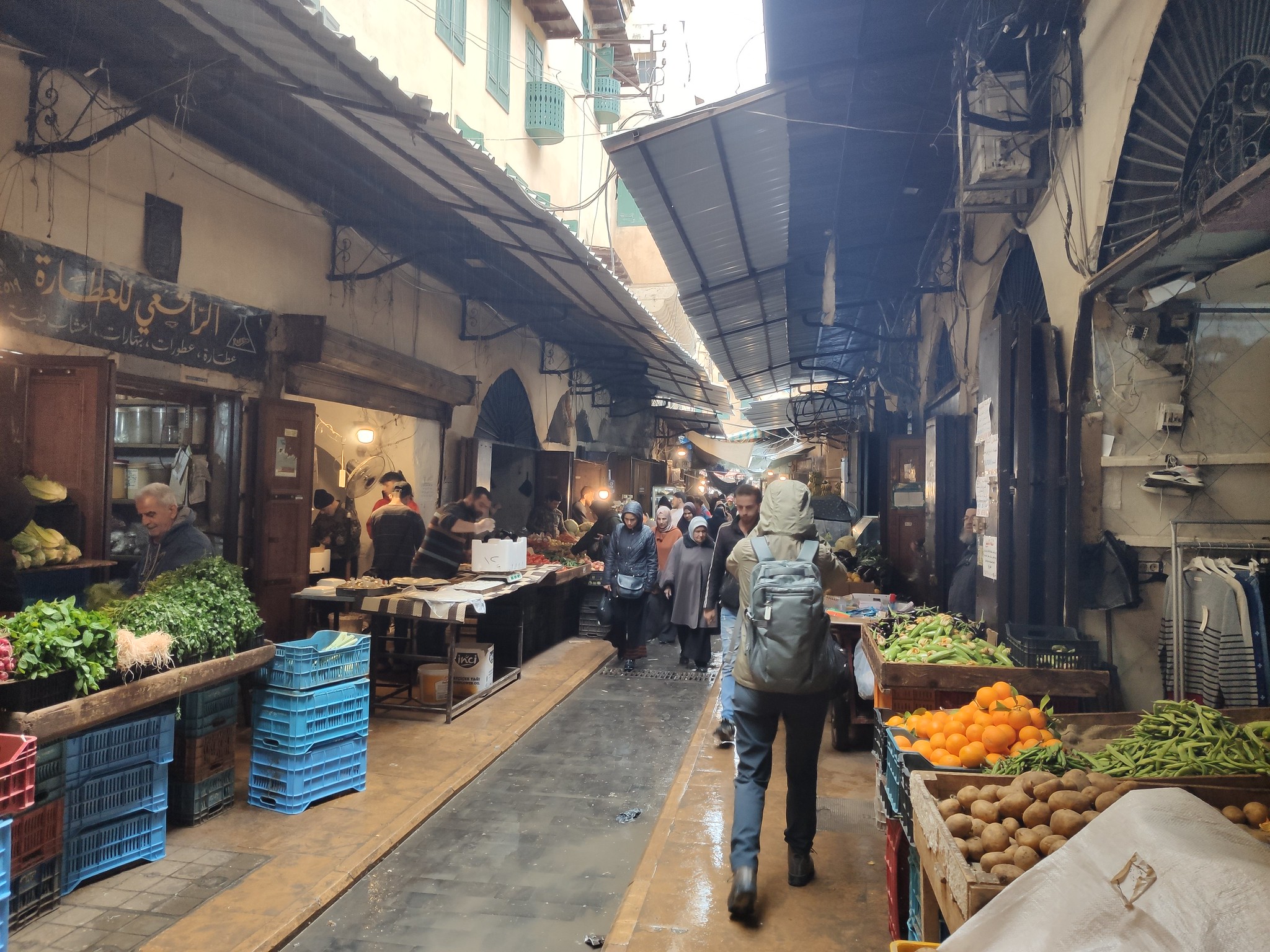
Lebanon’s northern city hosts this ancient market specializing in traditional medicinal herbs, spices, and flower waters used in both cooking and folk medicine throughout the Levant. The market’s distillers produce hydrosols from local orange blossoms, rose petals, and herbs according to techniques tracing back to 9th-century Arab advancements in chemistry and distillation.
Spice vendors sell caraway from North Africa and Lebanon’s mountains alongside dozens of other seeds used in traditional breads and preserves specific to this northern region.
Mercato Centrale Asmara
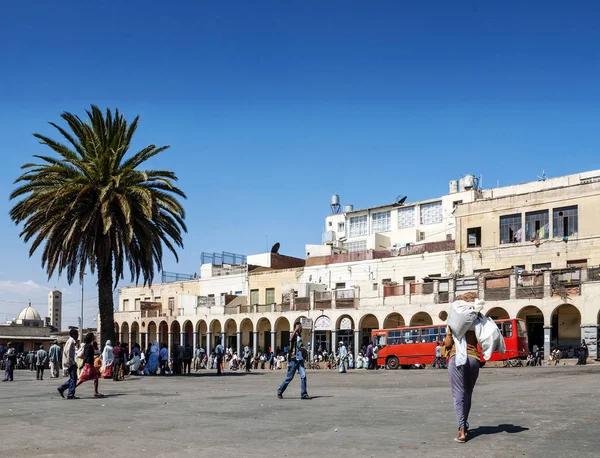
Eritrea’s Italian colonial history created a fascinating fusion market where Middle Eastern and Italian culinary traditions blend in architecturally significant surroundings. The market’s coffee section reflects both Italian espresso culture and the indigenous coffee traditions of the Horn of Africa, where coffee originated just across the border in Ethiopia.
Spice merchants sell berbere mixtures alongside traditional Middle Eastern blends, demonstrating Eritrea’s complex cultural position between the Arab world and East Africa.
Like Travel Pug’s content? Follow us on MSN.
Navigating the Bazaars
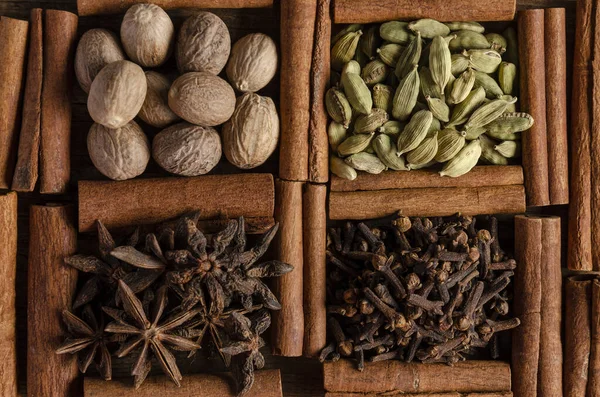
These twenty markets offer more than just shopping opportunities—they provide edible archives of Middle Eastern culinary history where ancient traditions continue evolving through daily commerce. For food lovers willing to venture beyond sanitized tourist experiences, these authentic marketplaces reveal how deeply food remains woven into the cultural fabric across the region.
The true value lies not just in the ingredients purchased but in the intangible cultural exchanges that occur through conversations with vendors whose families have often practiced the same specialized food crafts for generations, passing down knowledge that transcends the limitations of written recipes.
More from Travel Pug

- Cities Growing so Fast You Won’t Recognize Them in 10 Years
- 13 Destinations Where Tourists Regularly Regret Their Trip
- 16 U.S. Cities That Are Quietly Becoming Travel Hotspots
- Where to Travel If You Love Long Bus Rides and Daydreams
- 20 Cities Perfect for Solo Travelers Who Crave Adventure & Culture
Like Travel Pug’s content? Follow us on MSN.
